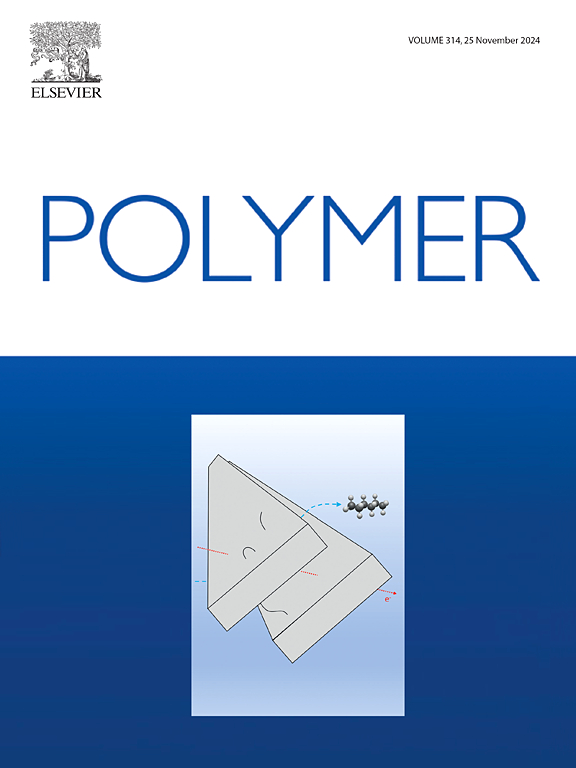Efficient synthesis of polyethylene wax using 8-(arylimino)-5,6,7-trihydroquinoline SiO2-supported heterogeneous nickel catalysts
IF 4.1
2区 化学
Q2 POLYMER SCIENCE
引用次数: 0
Abstract
In this contribution, a series of nickel complexes based on 8-(arylimino)-5,6,7-trihydroquinoline (Ni1-Ni4) were designed and synthesized. These complexes exhibited high activity of up to 9.0 ×106 g·PE/mol Ni·h-1 in ethylene polymerization on treatment with of Et2AlCl and producing highly branched polyethylene wax (branching numbers range from 66 to 82/1000C). To further improve the performance of these nickel catalysts, the SiO2-supported catalyst of Ni4 was prepared, which presented better performance compared to homogeneous systems. Especially, the heterogeneous catalysts could further improve activity of up to 16.2 × 106 g·PE/mol Ni·h-1, and thermal stability (activity of Ni4-Na@SiO2 up to 9.0 × 106 g·PE/mol Ni·h-1 at 75 °C) through ionic anchoring strategy. The morphology of polyethylene wax obtained by supported catalyst was also controllable. This work may provide an efficient and practical method for preparing polyethylene wax using late-transition metal catalysts.

求助全文
约1分钟内获得全文
求助全文
来源期刊

Polymer
化学-高分子科学
CiteScore
7.90
自引率
8.70%
发文量
959
审稿时长
32 days
期刊介绍:
Polymer is an interdisciplinary journal dedicated to publishing innovative and significant advances in Polymer Physics, Chemistry and Technology. We welcome submissions on polymer hybrids, nanocomposites, characterisation and self-assembly. Polymer also publishes work on the technological application of polymers in energy and optoelectronics.
The main scope is covered but not limited to the following core areas:
Polymer Materials
Nanocomposites and hybrid nanomaterials
Polymer blends, films, fibres, networks and porous materials
Physical Characterization
Characterisation, modelling and simulation* of molecular and materials properties in bulk, solution, and thin films
Polymer Engineering
Advanced multiscale processing methods
Polymer Synthesis, Modification and Self-assembly
Including designer polymer architectures, mechanisms and kinetics, and supramolecular polymerization
Technological Applications
Polymers for energy generation and storage
Polymer membranes for separation technology
Polymers for opto- and microelectronics.
 求助内容:
求助内容: 应助结果提醒方式:
应助结果提醒方式:


